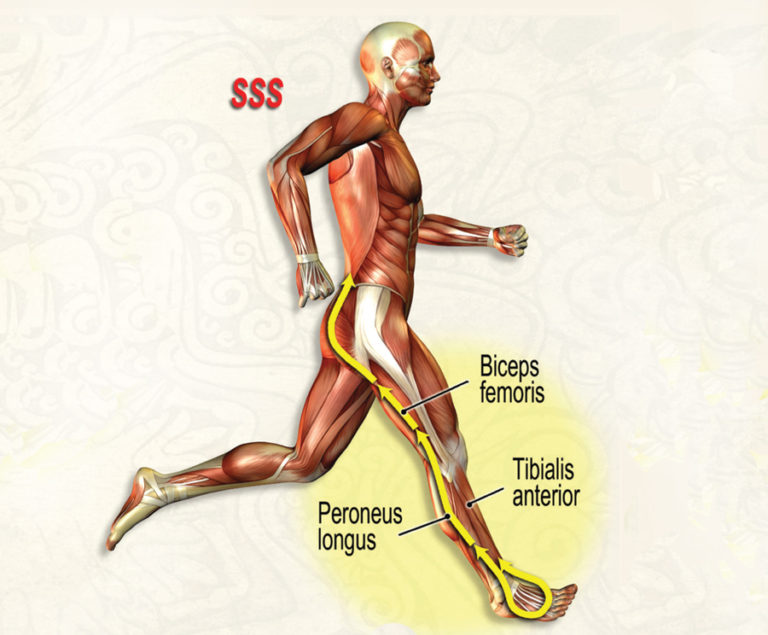
Plantar Fasciosis: Toss the Sneakers?
The plantar fascia is more than just a passive band of connective tissue originating at the calcaneal lip and attaching distally to the toes…

The plantar fascia is more than just a passive band of connective tissue originating at the calcaneal lip and attaching distally to the toes…

Pectoralis minor is a major player when it comes to bad posture, subacromial impingement and neurogenic thoracic outlet. Some believe that…

Often, the patella is tilted and sits in the knee the way a beret rests on the side of one’s head, thus the term “squinting

From Essential MAT Assessments course One of the primary functions of the tib-fib synovial joint is to help dissipate lower leg torsional stresses during

The term Arthro (joint) Kinetic (motion) Reflex was coined by University of Pittsburg researchers to describe how sensory input from joint movement reflexively activates or inhibits muscles – and no other place in the body is this concept more applicable than in the joints and connective tissues of the shoulder girdle.

In the early 20th century, sacroiliac joint syndrome (SIJ) was the most common medical diagnosis for low back pain, which resulted in that period being labeled the “Era of the SI Joint.” Any pain emanating from the low back, buttock or adjacent leg usually was branded and treated as SIJ.

The AC joint sits on the point of the shoulder lateral to the sternoclavicular (SC) and proximal to the glenohumeral (GH) joint. Regrettably, this oft-overlooked bony articulation receives little respect from most manual therapists. Both the AC and SC joints play vital roles in the biomechanics of throwing and other upper-limb activities.

The three scalene groups derive their name from the Greek word skalenos meaning “uneven.” Although anatomists depict the scalenes as individual muscles, most touch therapists are aware of how they work together as a functional unit during neck sidebending and rotation

Ever since Hippocrates coined the term scoliosis to describe deformity of the spinal column, structural scoliosis (the fixed type) has occupied the attention of researchers, physicians and manual therapists

The second cervical vertebra, the axis, is considered the most important of all the neck’s bony structures partly due to its unique dural membrane attachment and also because of the powerful myofascial structures…
Free subscription to the Technique Tuesday newsletter. Sign up to receive an in-depth article and technique video in your inbox every Tuesday.

© 2021 Freedom From Pain Institute